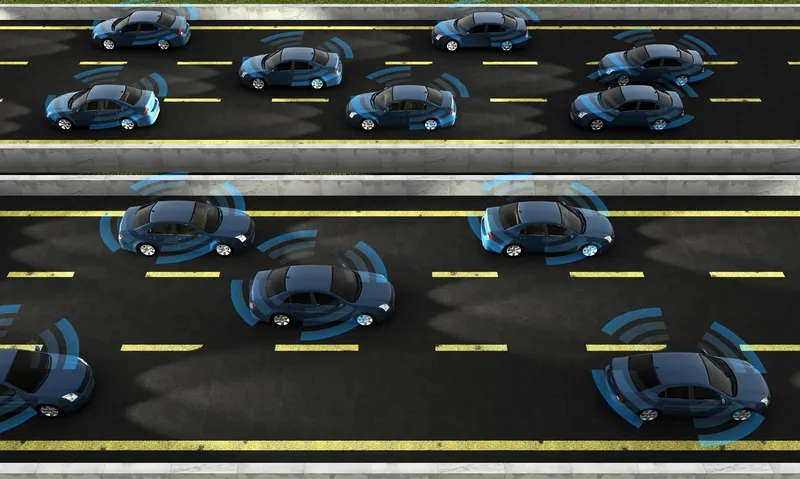To demonstrate the interoperability between the European eCall system and the Russian Era-Glonass system, Glonass Union, VTT, Gemalto and Fujitsu Ten recently participated in live simultaneous demonstrations in Europe and Russia.
To help mitigate the consequences of serious road accidents, the European Commission (EC) has adopted a proposal for a regulation concerning a type-approval requirement for deployment of the eCall system. In Russia, a technical regulation on wheeled-vehicle safety with Era-Glona
July 15, 2014
Read time: 2 mins
To demonstrate the interoperability between the European eCall system and the Russian Era-Glonass system, 7848 Glonass Union, 814 VTT, 3866 Gemalto and 7847 Fujitsu Ten recently participated in live simultaneous demonstrations in Europe and Russia.
To help mitigate the consequences of serious road accidents, the1690 European Commission (EC) has adopted a proposal for a regulation concerning a type-approval requirement for deployment of the eCall system. In Russia, a technical regulation on wheeled-vehicle safety with Era-Glonass has been adopted and will come into force in 2015. GSM, which is the mobile communication standard in Europe, is to be adopted as the wireless communication standard. In order to enforce eCall-related standards, a pre-deployment pilot project (HeERO) has been promoted aggressively in European countries since 2011. These demonstrations and interoperability tests are part of HeERO’s activities.
The demonstrations confirmed interoperability between eCall and Era-Glonass, verifying that a vehicle equipped with Era-Glonass initiates an emergency call (eCall) to PSAP in Europe; similarly a vehicle equipped with eCall initiates an emergency call (Era-Glonass) to PSAP in Russia.
Marcel Visser, member of the374 Ertico Supervisory Board and Business Development director, Automotive Segment, Gemalto, said: "The first ever simultaneous and live emergency eCall interoperability demonstration at the 2014 438 European ITS Congress in Helsinki highlights the power of advanced connected car technology to improve road and driver safety."
Evgeni Meilikhov, Glonass Union’s development director of the Era-Glonass Project, commented, “We were glad to demonstrate harmonised operation of Era-Glonass and eCall systems together with our partners Ertico and Fujitsu Ten. Harmonisation of standards and technical regulations will facilitate creation of a common safety space in Russia and EU. This will bring us closer to our common goal – saving lives on the roads.”
To help mitigate the consequences of serious road accidents, the
The demonstrations confirmed interoperability between eCall and Era-Glonass, verifying that a vehicle equipped with Era-Glonass initiates an emergency call (eCall) to PSAP in Europe; similarly a vehicle equipped with eCall initiates an emergency call (Era-Glonass) to PSAP in Russia.
Marcel Visser, member of the
Evgeni Meilikhov, Glonass Union’s development director of the Era-Glonass Project, commented, “We were glad to demonstrate harmonised operation of Era-Glonass and eCall systems together with our partners Ertico and Fujitsu Ten. Harmonisation of standards and technical regulations will facilitate creation of a common safety space in Russia and EU. This will bring us closer to our common goal – saving lives on the roads.”








